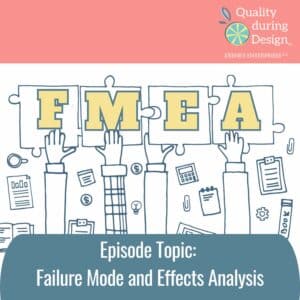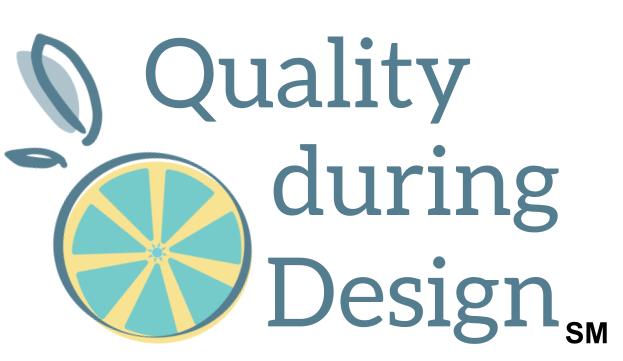Join the Professional Communication Society Chapter of IEEE Philadelphia for an Engineering Book Review/Discussion - May 28th 7:00pm ET. Earn PDU/recertification units.
Exposing The Hidden Flaws of FMEA and Risk Matrices: Advancing Your Risk Assessment

Image from Freepik modified with FMEA text
In the realm of risk assessment and management, traditional tools like Failure Mode and Effects Analysis (FMEA) and risk matrices have been widely accepted as the norm. However, beneath the surface of these established methods lie hidden flaws of FMEA and risk matrices that can significantly impact the effectiveness of risk analysis and decision-making processes. The latest podcast episode takes a deep dive into these issues, offering listeners an exploration of the challenges posed by conventional risk assessment techniques.
The episode emphasizes the importance of staying informed and adapting to new methods in the ever-evolving landscape of risk management. By doing so, professionals can ensure that they are not only equipped to handle current challenges but also prepared to meet the demands of the future.
Ordinal rating scales, commonly utilized in risk assessments, are a fundamental component that often leads to significant errors in analysis. This is because ordinal scales can create differentiated values, compress ranges, and introduce ambiguity—compromising the quality of the data and its subsequent interpretation. For example, when values are arbitrarily assigned to categories within a scale, it may not reflect the true magnitude of the risk. Additionally, ambiguous labels can lead to confusion and inconsistent application across different assessments.
Furthermore, the episode scrutinizes the practice of employing ordinal scales to produce risk priority numbers (RPNs), which involves multiplying and summing values that are not designed for such mathematical operations. This can result in misrepresentative risk prioritization, as it doesn't account for the non-linear and non-continuous nature of the data. It's crucial to recognize that RPNs are not continuous and that different combinations of severity, occurrence, and detection can yield identical RPNs but hide differing risk implications.
The podcast also brings to light the limitations of risk matrices, another tool frequently used to categorize and prioritize risks. Despite their apparent simplicity and widespread usage, studies have shown that risk matrices may not support effective risk management decisions. They can be inconsistent and arbitrary, leading to decisions that might overlook significant risks. A color-coded matrix or a single cut-off value simplifies the complexity of risk too much, stripping away valuable context and information needed for informed decision-making.
Addressing these criticisms requires a shift in perspective from viewing risks as static point estimates to considering them as probabilities. This probabilistic approach allows for a more nuanced understanding of risks and their potential impacts. Embracing this change is not just about criticism; it's about evolving our methodologies to improve the robustness of risk assessments.
In this context, the podcast introduces an invaluable resource for professionals eager to advance their skills in risk-based decision-making. The "FMEA in Practice from plan to risk-based decision making" course on Udemy is spotlighted as an exceptional tool to enhance one's ability to navigate and leverage FMEA effectively. This course embodies the podcast's ethos of continuous learning and application of best practices in the field of risk assessment.
Overall, the podcast episode serves as a clarion call for professionals to rethink and refine their approach to risk assessment. By understanding and addressing the weaknesses of traditional tools, one can make better-informed decisions that will ultimately lead to more successful outcomes in design, development, and beyond.
This podcast episode referenced and quoted research from these sources
Cox, L.A. Jr. "What's Wrong with Risk Matrices?" Risk Analysis, vol. 28, no. 2, 2008, doi:10.1111/j.1539-6924.2008.01030.x
Hubbard, Douglas W. How to Measure Anything: Finding the Value of Intangibles in Business. Wiley, 2014, pp. 25, 238-240.
Hubbard, D. W. The Failure of Risk Management: Why It’s Broken and How to Fix It, 2nd ed. Wiley, 2020, pp. 55.
Schwartz, Norbert, Barbel Knauper, et. al. “Rating Scales Numeric Values May Change the Meaning of Scale Labels.” Public Opinion Quarterly, Volume 55, Issue 4, WINTER 1991, Pages 570–582, doi:10.1086/269282.
Thomas, Philip, Reidar B. Bratvold, J. Eric Bickel. “The Risk of Using Risk Matrices.” SPE Economics & Management, September 2013, doi:10.2118/166269-MS.


